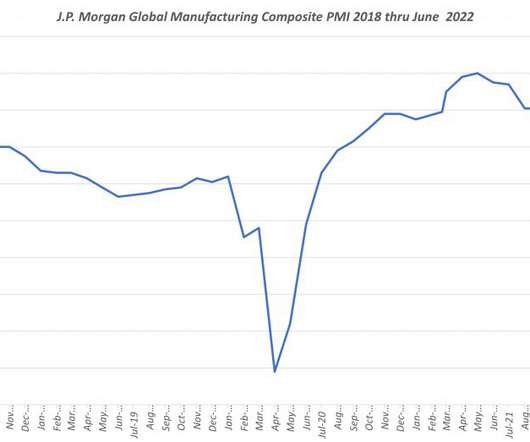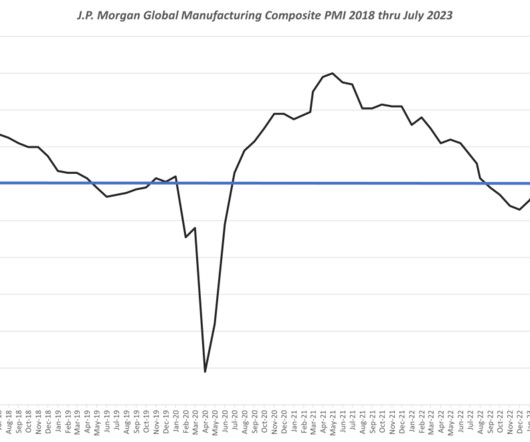100+ Supply Chain Crisis Statistics: Raw Materials, Covid-19, Labor Shortages, and More
ToolsGroup
APRIL 1, 2022
Such measures include communicating with suppliers and customers , using demand shaping to overcome inventory shortages, seeking additional suppliers, and building more onshore facilities. The United States’ and Europe’s production of global semiconductors decreased from approximately 80% in 1990 to 20% in 2020. McKinsey ).





























Let's personalize your content